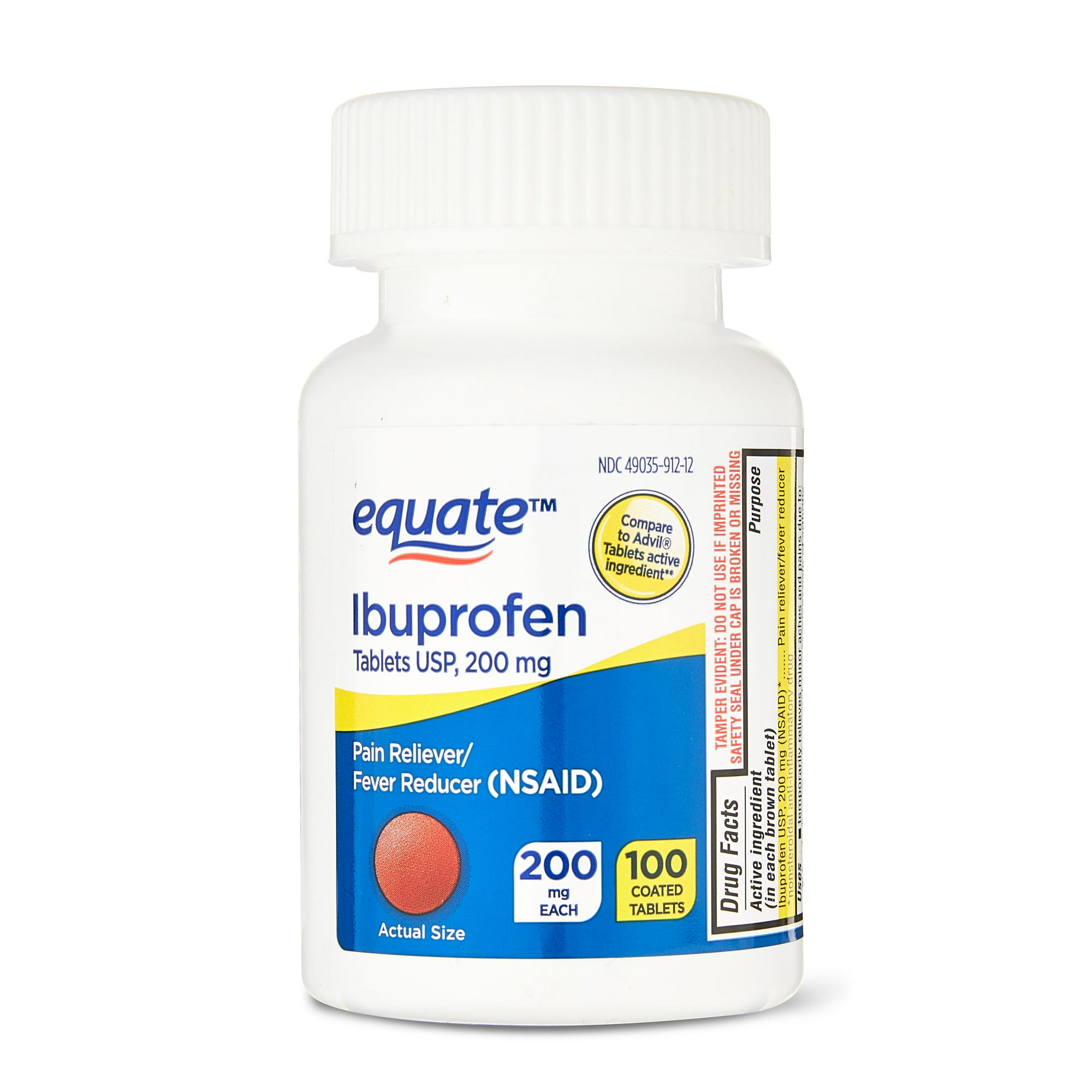What are the symptoms of Sinding-Larsen-Johansson syndrome?
Sinding-Larsen-Johansson syndrome is a condition that affects the knee, primarily in adolescents who are active in sports. The symptoms include:
- Knee Pain: Pain is usually localized to the front of the knee, just below the kneecap (patella). The pain often worsens with activities such as running, jumping, or kneeling.
- Swelling: There may be mild swelling around the knee area, especially at the site of the patellar tendon attachment.
- Tenderness: Tenderness at the inferior pole of the patella, where the patellar tendon attaches to the lower part of the kneecap.
- Stiffness: The knee may feel stiff, particularly after periods of inactivity or in the morning.
- Discomfort with Movement: Discomfort or pain during movements that involve the knee, such as climbing stairs or squatting.
The condition is often associated with repetitive stress or overuse of the knee, particularly in young athletes.
What are the causes of Sinding-Larsen-Johansson syndrome?
Sinding-Larsen-Johansson syndrome is caused by repetitive stress and overuse of the knee, leading to inflammation and irritation at the attachment point of the patellar tendon on the inferior pole of the patella. The primary causes and contributing factors include:
- Repetitive Stress: Frequent activities that involve running, jumping, or kneeling can stress the knee joint and lead to irritation of the patellar tendon attachment.
- Overuse: Intensive sports activities, especially those involving frequent knee movements like soccer, basketball, or gymnastics, can contribute to the development of the syndrome.
- Growth Spurts: The condition commonly affects adolescents during periods of rapid growth, which can make the patellar tendon more susceptible to stress and inflammation.
- Biomechanical Factors: Abnormalities in the alignment or mechanics of the knee, such as issues with leg alignment or foot mechanics, can increase the stress on the patellar tendon and contribute to the development of the syndrome.
- Muscle Imbalances: Weakness or tightness in the muscles surrounding the knee, including the quadriceps and hamstrings, can affect the function of the patellar tendon and increase the risk of developing the syndrome.
What is the treatment for Sinding-Larsen-Johansson syndrome?
Treatment for Sinding-Larsen-Johansson syndrome focuses on relieving symptoms and reducing inflammation. Common approaches include:
- Rest and Activity Modification: Reducing or avoiding activities that exacerbate symptoms, such as jumping or running, helps to decrease stress on the knee and promote healing.
- Ice Therapy: Applying ice to the affected area can help reduce inflammation and pain. Ice packs are typically applied for 15-20 minutes several times a day.
- Pain Relief: Over-the-counter pain relievers like ibuprofen or acetaminophen can be used to manage pain and inflammation.
- Physical Therapy: A physical therapist can guide exercises to strengthen the quadriceps and other muscles around the knee, improve flexibility, and correct any muscle imbalances or biomechanical issues.
- Stretching Exercises: Stretching the quadriceps and hamstring muscles can help alleviate tension and reduce pressure on the patellar tendon.
- Bracing or Support: Using a patellar tendon strap or knee brace may provide additional support and relieve stress on the affected area.
- Gradual Return to Activity: Once symptoms improve, gradually reintroducing activities under the guidance of a healthcare professional helps to ensure a safe return to normal activity levels.
- Orthotics: In some cases, custom foot orthotics may be recommended to correct any abnormal foot mechanics that could contribute to the condition.
If conservative treatments are not effective, further evaluation by a specialist may be necessary, and in rare cases, more advanced interventions might be considered.

Leave a Reply
You must be logged in to post a comment.